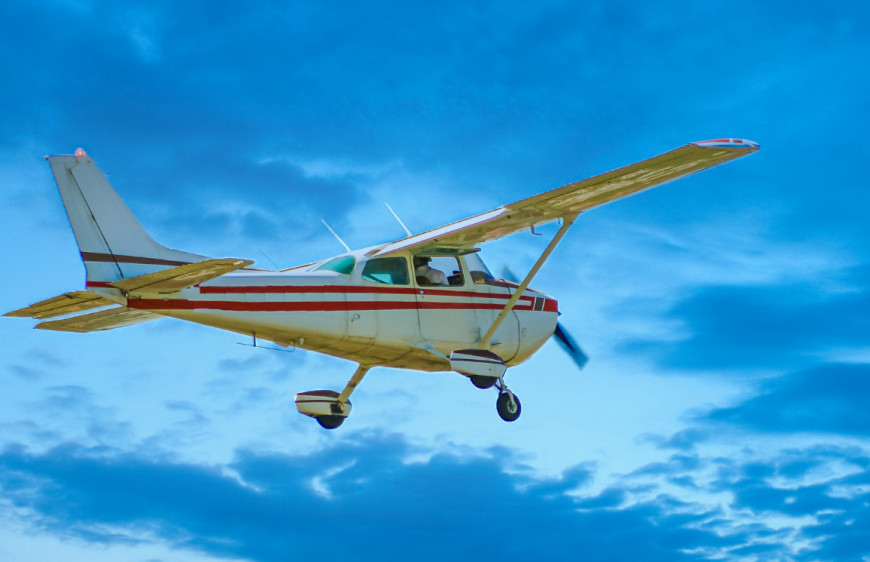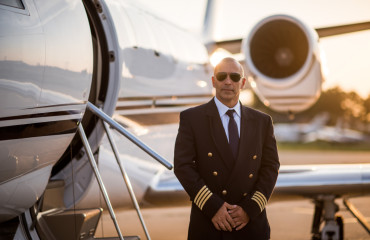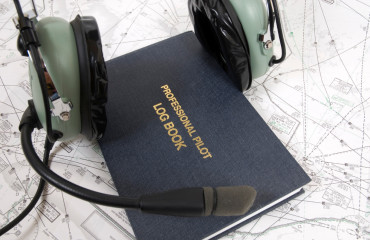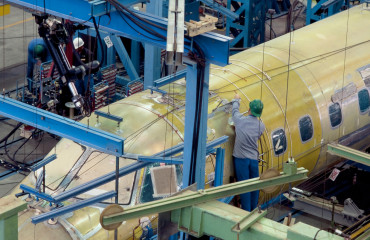Navigating the Skies: A Comprehensive Guide to Pilot Training in the USA
Pilot training is a thrilling and rewarding journey that opens the doors to a career in aviation. Whether you dream of becoming a commercial airline pilot, a private pilot, or flying for a specific purpose, the United States offers a diverse range of opportunities for aspiring aviators. In this comprehensive guide, we will delve into the world of pilot training in the USA, providing you with valuable insights to kickstart your aviation career.
Choosing the Right Flight School
The first and most crucial step in your pilot training journey is selecting the right flight school. The United States is home to a multitude of flight schools, each with its unique offerings and specialties. Here are some key factors to consider when choosing the perfect flight school for you:
Accreditation: Ensure that the flight school is accredited by the Federal Aviation Administration (FAA). This ensures that the training program meets rigorous safety and quality standards.
Location: Consider the location of the flight school. Some regions may offer better weather conditions and more flight opportunities than others.
Aircraft Fleet: Take a look at the school's fleet of aircraft. A variety of aircraft types can enhance your training experience.
Instructors: Experienced and knowledgeable instructors are crucial for your success. Research the qualifications and experience of the school's teaching staff.
Cost: Understand the cost of training, including tuition, aircraft rental, and additional fees. Consider whether the school offers financial aid or scholarships.
Types of Pilot Certifications
In the United States, pilot training typically follows a structured path, starting with a private pilot license and progressing to more advanced certifications. Here are some of the key pilot certifications you can pursue:
Private Pilot License (PPL): This is the first step for aspiring pilots and allows you to fly for personal and recreational purposes.
Instrument Rating: Enhance your skills by learning to fly solely by reference to instruments. This rating is crucial for flying in adverse weather conditions.
Commercial Pilot License (CPL): With a CPL, you can be compensated for your flying services. It's the gateway to becoming a professional pilot.
Airline Transport Pilot License (ATPL): The highest level of pilot certification, an ATPL allows you to serve as a captain for airlines.
Duration of Training
The duration of pilot training can vary depending on your chosen path and how often you train. On average, it takes about 3 to 6 months to obtain a private pilot license, while reaching the level of an airline transport pilot may take several years of training and flight hours.
The Road to Your Dream Career
Pilot training is not just about obtaining licenses and ratings; it's also about gaining experience and building a strong foundation of knowledge and skills. Along the way, consider networking with industry professionals, participating in internships, and staying updated on aviation regulations and technology.
Pilot training in the USA is an exciting and achievable goal for anyone with a passion for aviation. Whether you're dreaming of soaring through the skies as a commercial pilot or flying for personal enjoyment, the United States offers top-notch flight schools and a well-established training infrastructure to help you reach your goals.



